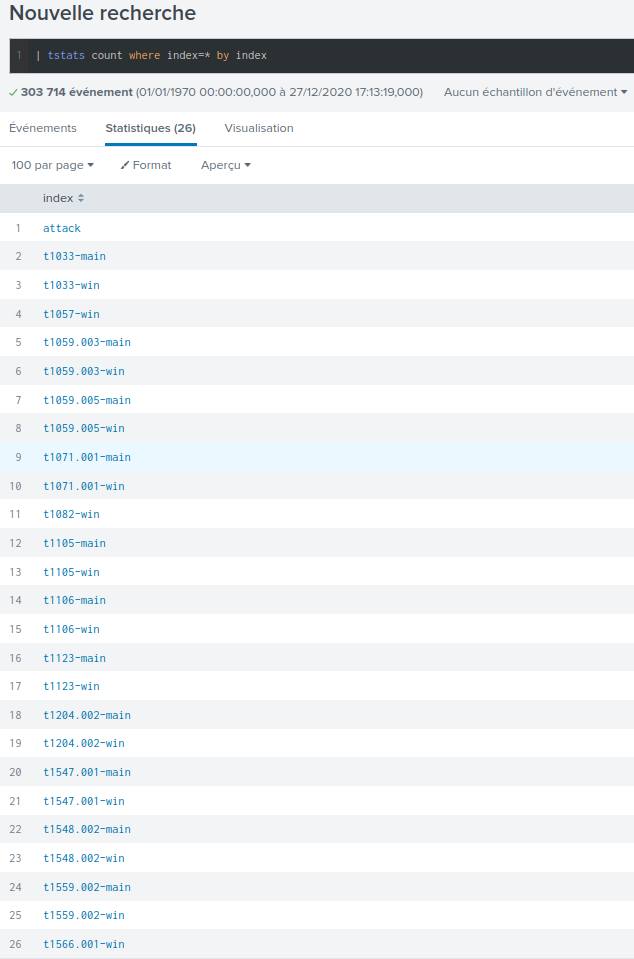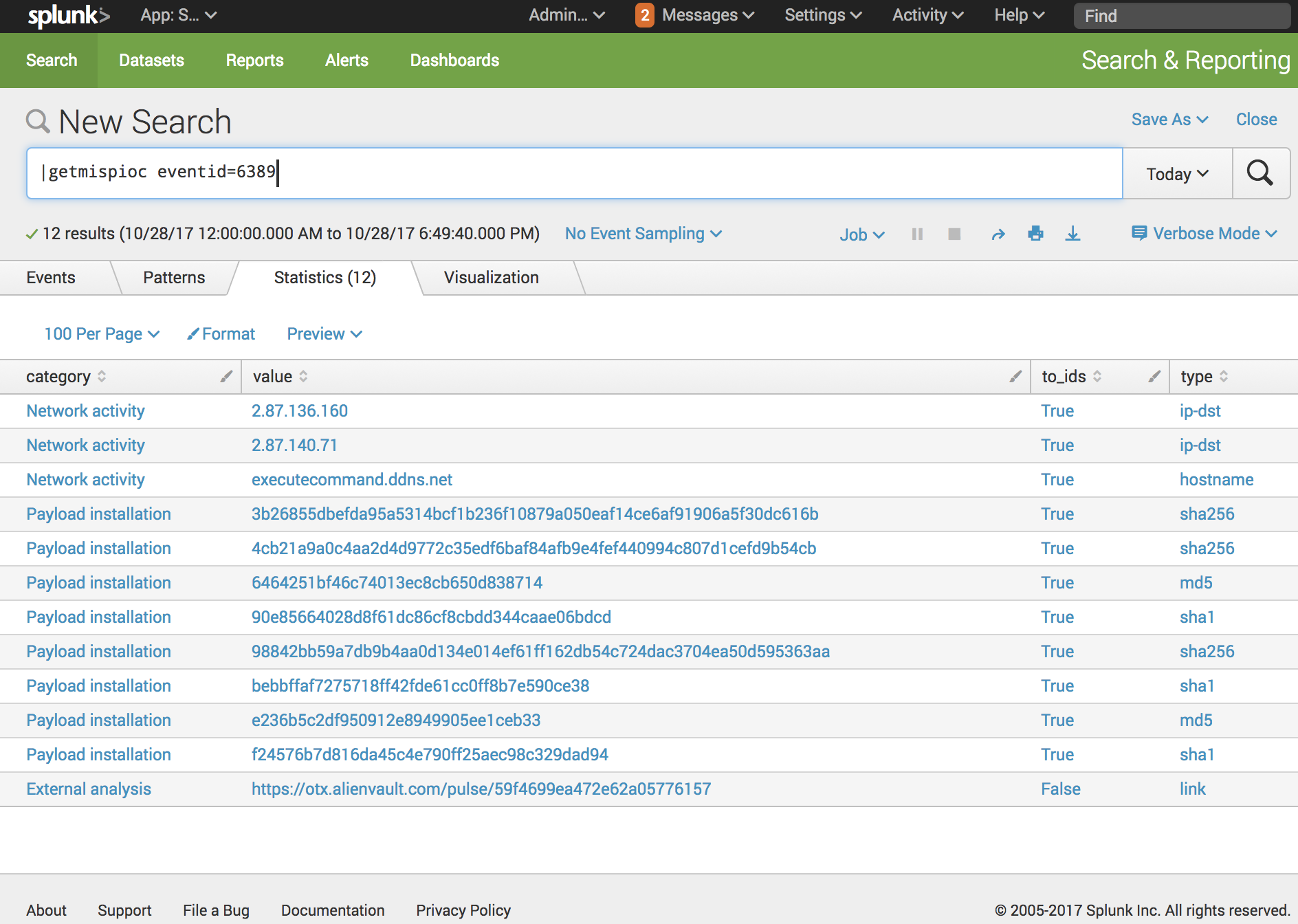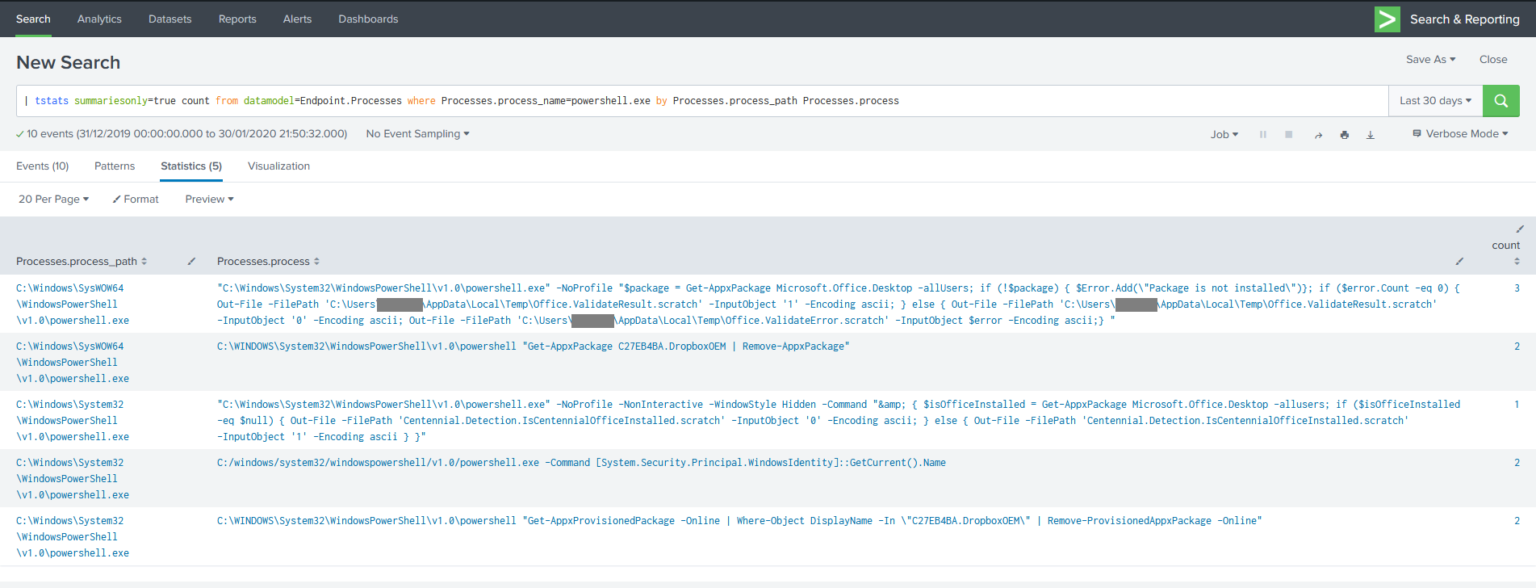

| stats latest(time) as lastseen by host Tstats In our first search from the last community post, we leveraged a few of these default indexed fields to ensure our searches were performant. In comparison, search-time field extractions are performed at the time the search is executed, which subsequently increases search time. Indexed field extractions are conducted when the event is written to its corresponding index prior to searches being run against the data. By default, Splunk indexes a number of fields, notably _time, index, host, source, and sourcetype which are commonly used in searches. Splunk fields are derived in one of two manners: indexed field extractions or search-time field extractions. This method of searching is important when working with large indexes and log sources which undergo a significant amount of search-time processing. To obtain this performance gain we will utilize the tstats command to query against time-series index files created from data model acceleration. In today's post, we'll review how advanced configurations within Splunk can be used to optimize the performance of the integration. In my last community post, we reviewed the basic usage and best practices for Splunk macros. In the sum(status) field we are getting (200 + 304 + 303 + 404) = 1211 for method field value is equal to GET. After computing the value it is showing summation value inline with the each row where it is finding method field value is equal to GET. Eventstats command takes the whole value before the pipe as input and computes the summation value. Įxample : For method field value is equal to GET we have taken the summation of status. You can see in the above image in sum(status) field we are getting the summation. For computing the summation we have used eventstats command. At last we have taken summation of status field values by method with the help of sum function. We have taken method and status field in a tabular format by table command and by the dedup command we have removed duplicate values from the result set. In the above query method and status both are existing field names in _internal index and sourcetype name is splunkd_ui_access. Below we have given an example : index=_internal sourcetype=splunkd_ui_access | table method,status | dedup method,status | eventstats sum(status) by method But values will be same for each of the field values. It gives the output inline with the results which is returned by the previous pipe. It looks all events at a time then computes the result. Unlike streamstats, for eventstats command indexing order doesn’t matter with the output. You can also know about : Usage of Splunk commands : GEOSTATSĮventstats command computes the aggregate function taking all event as input and returns statistics result for the each event. Values are coming in row 1, row 4,row 5,row 7. After getting the new value it is performing summation operation. It holds the data until it is getting a new data for GET value.

The result is showing in each of the rows by streaming order. You can see in the above image in sum(status) field we are getting the summation values.Įxample : For method field value is equal to GET we have taken the summation of status. For computing the summation we have used streamstats command.

It gives the output inline with the results which is returned by the previous pipe. Below we have given an example : index=_internal sourcetype=splunkd_ui_access | table method,status | dedup method,status | streamstats sum(status) by method It holds the memory of previous events until it receives a new event. For streamstats command indexing order matters with the output. Strea mstats command computes the aggregate function taking the just previous event of current event and returns statistics result for the each event. So here we are to give you a clear idea about the difference between the streamstats and eventstats commands.

Sometimes you might hear about streamstats and eventstats commands when you are making dashboards in Splunk. Hi everyone !! Here we have come with an interesting topic related to the SPL command. Difference between STREAMSTATS and EVENTSTATS commands in Splunk


 0 kommentar(er)
0 kommentar(er)
